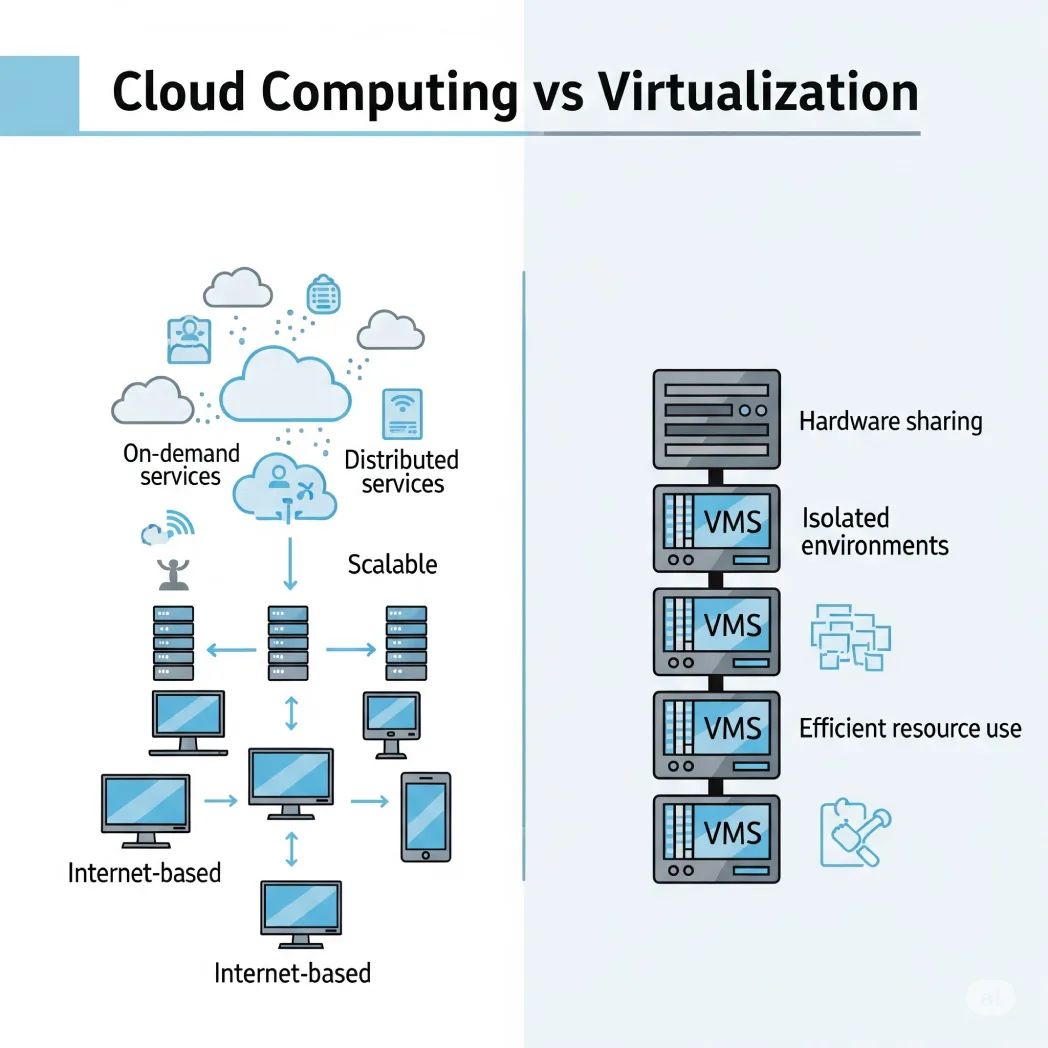In operating systems, job scheduler vs CPU scheduler serve distinct purposes in process management. A job scheduler selects which jobs enter the ready queue, focusing on long-term scheduling, while a CPU scheduler allocates the CPU to processes in the ready queue, handling short-term scheduling. This guide explores their key differences and roles in system performance.
Understanding Job Scheduler
Introduction to Job Scheduler
The Job Scheduler, also known as the Batch Scheduler, is a critical component responsible for managing and scheduling tasks that run in the background without user interaction. Its primary function is to optimize resource utilization by efficiently allocating tasks to available system resources.
How Job Scheduler Works
When a user submits a job, the Job Scheduler places it in a queue, waiting for its turn to be executed. This sequential execution ensures that high-priority tasks are handled promptly while maintaining fairness in resource allocation.
Use Cases of Job Scheduler
Job Schedulers find extensive use in scenarios where tasks can be executed without immediate user input, such as batch processing, report generation, and system maintenance.
Decoding CPU Scheduler
Introduction to CPU Scheduler
Contrary to the Job Scheduler’s focus on managing background tasks, the CPU Scheduler operates in real-time, deciding which process to execute next on the CPU. It ensures that the CPU is always active and utilized efficiently.
How CPU Scheduler Works
The CPU Scheduler selects processes from the ready queue and allocates CPU time to them. Its goal is to minimize waiting time, maximize throughput, and ensure fair distribution of CPU resources among running processes.
Use Cases of CPU Scheduler
CPU Schedulers are crucial for scenarios where tasks demand immediate execution and responsiveness, such as interactive applications, real-time systems, and multitasking environments.
Key Differences: Job Scheduler vs CPU Scheduler
Priority and Execution
Job Scheduler:
Prioritizes tasks based on factors like deadlines and importance.
Executes tasks sequentially, ensuring fairness in resource allocation.
CPU Scheduler:
Prioritizes processes based on their priority levels.
Executes processes concurrently, optimizing CPU utilization.
Resource Allocation
Job Scheduler:
Allocates resources based on the job’s requirements and system availability.
Works well for non-interactive, resource-intensive tasks.
CPU Scheduler:
Allocates CPU time based on process priority and system policies.
Ideal for scenarios where quick response times are critical.
Choosing the Right Scheduler
Considerations for Job Scheduler:
Batch Processing: Best suited for non-interactive tasks with no immediate user input.
Resource-Intensive Tasks: Efficiently manages tasks that require substantial system resources.
Considerations for CPU Scheduler:
Interactive Applications: Ideal for environments where quick response times are crucial.
Real-Time Systems: Ensures timely execution of processes in time-sensitive applications.
Differences between Job Scheduler and CPU Scheduler
Job Scheduler | CPU Scheduler |
|---|---|
| Also known as Long-term scheduler | Also known as Short-term scheduler |
| Selects which processes should be brought into the ready queue | Selects which process should execute next and allocates CPU |
| Invoked very infrequently | Invoked very frequently |
| Controls the degree of multiprogramming | Less control over the degree of multiprogramming |
| It is almost absent or minimal in time sharing system | It is also minimal in time sharing system |
| slow | fast |
| Manages background tasks without direct user interaction. | Decides which process to execute next on the CPU in real-time. |
| Optimizes resource utilization by efficiently scheduling and executing tasks. | Selects processes from the ready queue, allocating CPU time based on priority levels. |
| Suited for non-interactive tasks, such as batch processing and system maintenance. | Ideal for scenarios where quick response times are critical, like interactive applications and real-time systems. |
| Allocates resources based on job requirements and system availability. | Allocates CPU time based on process priority and system policies. |
 |
| Job Scheduler Vs CPU Scheduler |
FAQs:
Q1. When to Choose Job Scheduler Over CPU Scheduler?
Answer: Consider Job Scheduler for non-interactive tasks and CPU Scheduler for scenarios requiring quick response times.
Q2. Are Job Schedulers and CPU Schedulers Interchangeable?
Answer: No, they serve different purposes. Job Scheduler handles background tasks, while CPU Scheduler focuses on real-time process execution.
Q3. How Do Job Schedulers Impact System Performance?
Answer: Job Schedulers optimize resource utilization by efficiently managing non-interactive tasks, contributing to overall system efficiency.
Q4. Can CPU Schedulers Prioritize Specific Processes?
Answer: Yes, CPU Schedulers assign priority levels to processes, ensuring critical tasks receive preferential treatment.
Q5. Do Both Schedulers Exist in All Operating Systems?
Answer: Yes, both Job Schedulers and CPU Schedulers are integral components of most operating systems, contributing to seamless task management.
Q6. How to Optimize Task Execution Using Both Schedulers?
Answer: Carefully assess task requirements. Use Job Scheduler for background tasks and CPU Scheduler for real-time and interactive processes.
Conclusion
In the intricate dance of task management, understanding the nuances of Job Scheduler and CPU Scheduler is paramount. Each serves a distinct purpose, addressing specific needs in the complex ecosystem of operating systems.



